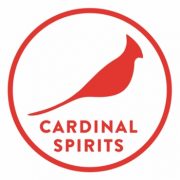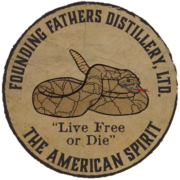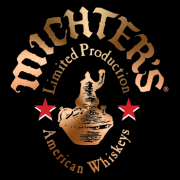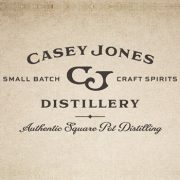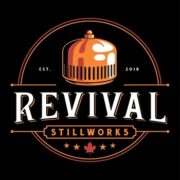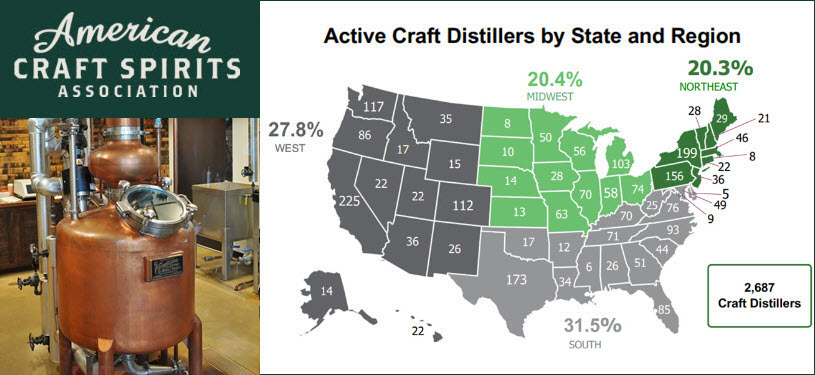
“If you can’t measure it, you can’t improve it,” is a quote made famous by management consultant, educator, and author Peter Drucker. It’s a phrase used around the world to measure things that matter or things you believe should matter. Once you have a standard, all things can be measured against that standard. The American Craft Spirits Association’s (ACSA) along with their data partner Park Street started the Craft Spirits Data Project (CSDP) in 2016 and have reporting the results of those findings ever since.
The 2022 report was shared today at its Annual Craft Spirits Economic Briefing and despite a few dips from Covid shut-downs and slow-downs the industry remains strong is and showing continued signs of growth.
The Number of Craft Spirits Makers Grew Over the Last Year
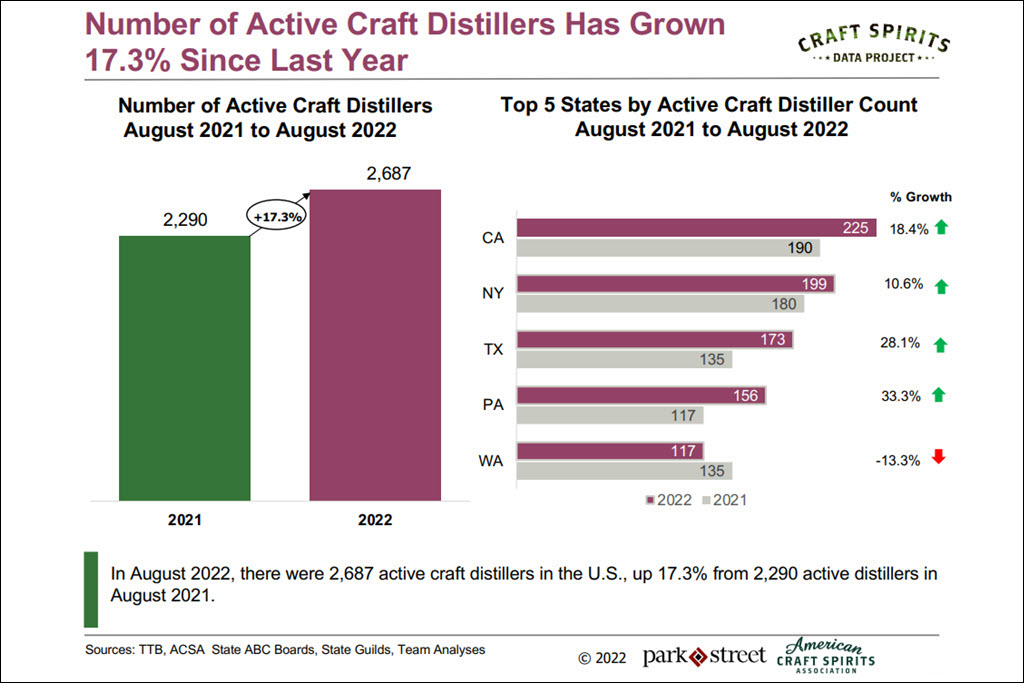
The American Craft Spirits Association defines a “craft distillery” as a licensed U.S. distilled spirits producers that removed 750,000 proof gallons (or 394,317 9L cases) or less from bond, market themselves as craft, are not openly controlled by a large supplier, and have no proven violation of the ACSA Code of Ethics.
Despite a general business slowdown in the U.S. in the last 24 months because of the pandemic, the number of active craft distillers in the U.S. grew by 17.4% over the last year from 2,290 in August of 2021 to 2,687 as of August 2022.
Craft Spirits Volume and Sales Grew at an Annual Rate of 10.4% and 12.2%
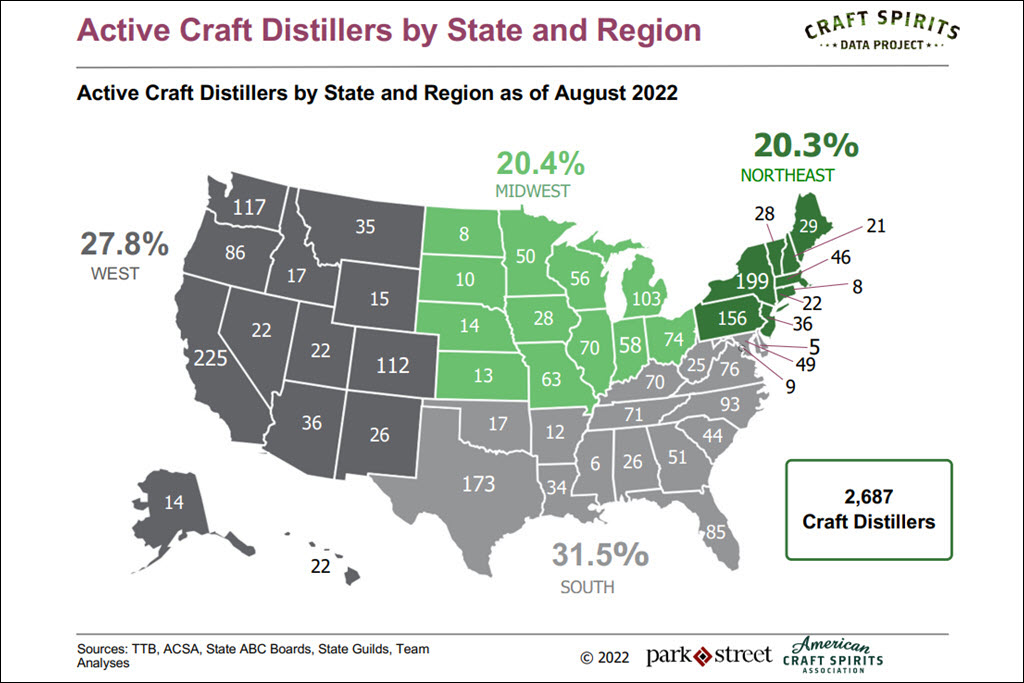
The U.S. craft spirits market volume reached over 13.2m 9-liter cases in retail sales in 2021, growing at an annual rate of 10.4%. In value terms, the market reached $7.5 billion in sales, growing at an annual rate of 12.2%. U.S. craft spirits market share of total U.S. spirits reached 4.9% in volume and 7.5% in value in 2021, up from 4.7% in volume and 7.1% in value in 2020.
Where are Craft Distillers Selling Their Spirits? Interstate vs. Intrastate – Size Matters
Overall, more than 53% of U.S. craft business takes place outside the home state. 24.6% takes place at the distillery, 22.1% outside the distillery but in the home state with the remaining 53% being other U.S. states. As you peel the onion back these percentages change widely depending on the size of the distillery.
Not a big surprise but always interesting to see this data. Smaller craft distilleries depend heavily on intrastate sales (within their home state) vs. the larger craft distilleries that sell more interstate (across state lines).
For the larger craft distilleries (removing between 100,001-750,000 gallons from bond annually) they do the vast majority of business outside their home state. For the large distilleries 17.6% takes place at the distillery, 12.9% outside the distillery but in the home state with the remaining 69.5% being other U.S. states (plus 2% export).
The smaller craft distilleries (removing between 1 – 10,000 gallons from bond annually) do 92% of their sales inside their home state. 47.3% occurs at the distillery, 45.0% outside the distillery but in the home state with the remaining 7.7% being other U.S. states (plus 0.2% export).
Direct-to-Consumers – DTC shipping remains an important and critical opportunity for continued craft distiller growth and is one of the top priorities for the American Craft Spirits Association leadership team in 2023.
Exports Up 58% – Exports provided an important runway for growth in 2021. Exports of U.S. craft spirits increased by 58%, reaching 164,000 9-liter cases.
Craft Distillers are Re-Investing in their Business for Expanded Production and Visitor Centers
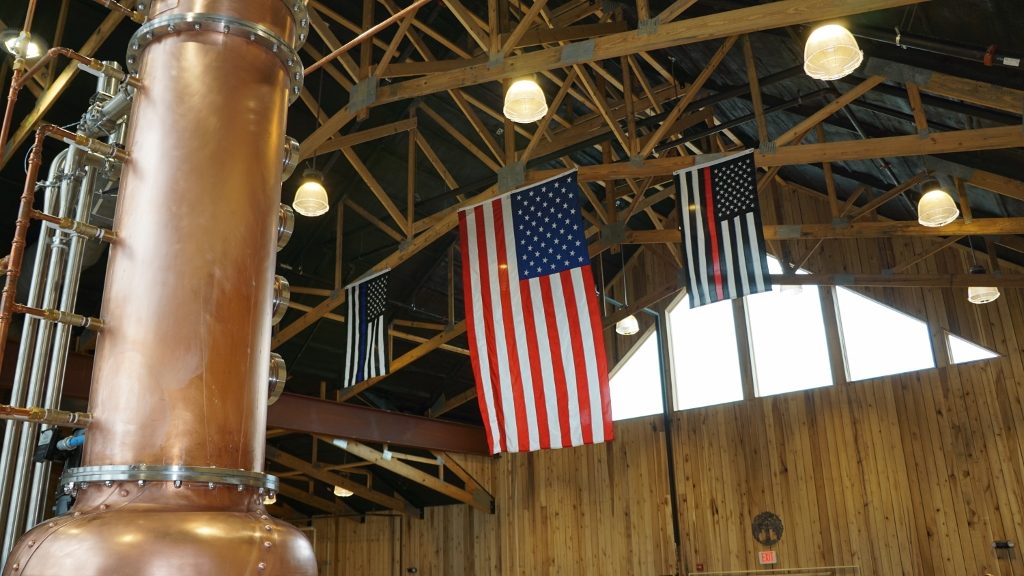
Despite economic headwinds, craft producers have consistently found value in reinvesting in their businesses. On average, producers invested $337,100 in 2021 alone. This amount decreased slightly (-2%) from 2020, but the sharp uptick in craft producer count bolstered the total amount invested in the U.S. craft spirits segment by 9% year-over-year to $826 million.
- Meet Production Demand – The primary motivation for investment listed by those surveyed was for additional production to meet demand
- Increase Visitor Space – The second most common investment reason was for construction to increase visitor space.
The Top 10 U.S. States by Number of Craft Distilleries. (Which States are the Craftiest?)
Kentucky may produce the largest volume of spirits, but they are way down on the list when it comes to the total number of distilleries, craft or otherwise, in the U.S.
Some states are “craftier” than others, with California, New York, Texas, Pennsylvania, and Washington leading the pack. Texas now is the third most concentrated state, having taken the fourth slot last year in 2020. Washington fell into the fifth slot, having been third in 2020.
The top five states by number of craft distilleries make up 32.4% of the U.S. craft distiller universe, and the next five states comprise an additional 17.8% of the market.
Here are the Top Ten U.S. States for Craft Distilleries.
- California – 225
- New York – 199
- Texas – 173
- Pennsylvania – 156
- Washington – 117
- Colorado – 112
- Michigan – 103
- North Carolina – 93
- Oregon – 86
- Florida – 85
The remaining states represent 49.8% of the market.
The Craft Spirits Data Project
The Craft Spirits Data Project© 2022 is a proprietary research project whose goal is to provide a solid and reliable fact base for evaluating performance and trends in the U.S. craft spirits industry. The Craft Spirits Data Project, which was first announced and presented in 2016, is the beverage industry’s first-ever comprehensive craft distilling study. The CSDP quantifies the number, size, and impact of craft spirits producers in the United States.
2022 data collection centered on spirits producers (DSPs) began in June and remained ongoing through October 2022.
The program aims to create a deeper understanding of the U.S. craft spirits landscape. The study collected comprehensive data on craft distiller production size and patterns, sources of revenue, and the category’s overall economic impact within the spirits industry.
When estimating the number of producers behind the U.S. craft spirits production, the CSDP team relies on a combination of official data released by regulatory authorities, survey data, other industry data sources both national (e.g., NABCA, ACSA) and regional (e.g., Guilds), as well as interviews and team assessments using the craft distiller definition.
View the full 2022 Craft Spirits Data Project Report here.
Founded in 2013, the American Craft Spirits Association (ACSA) is the only registered non-profit trade association representing the U.S. craft spirits industry. Its mission is to elevate and advocate for the community of craft spirits producers, and membership in ACSA is open to anyone. ACSA is governed by a Board of Directors elected by the eligible voting members of the Association. Voting members must be independent, licensed distillers (DSPs) annually removing fewer than 750,000 proof gallons from bond (the amount on which a Federal Excise Tax is paid.) who subscribe to ACSA’s Code of Ethics.
View all U.S. Distilleries.
Please help to support Distillery Trail. Sign up for our Newsletter, like us on Facebook and follow us on Instagram and Twitter.

